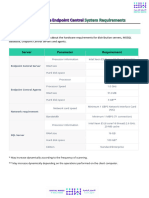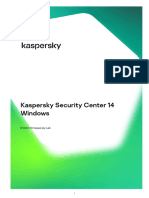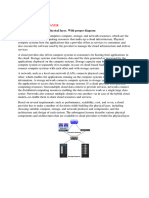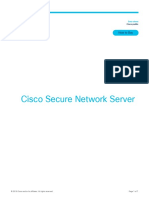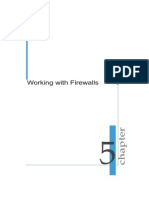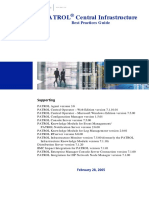0% found this document useful (0 votes)
225 views8 pagesSolution Architecture Diagram With Hardware Requirements
The document outlines hardware and software requirements for deploying Kaspersky Security Center including requirements for the master KSC, slave KSC, Kaspersky Endpoint Security, and Network Agent. It also lists the ports used by Kaspersky Security Center components.
Uploaded by
Siddhartha ShahCopyright
© © All Rights Reserved
We take content rights seriously. If you suspect this is your content, claim it here.
Available Formats
Download as DOCX, PDF, TXT or read online on Scribd
0% found this document useful (0 votes)
225 views8 pagesSolution Architecture Diagram With Hardware Requirements
The document outlines hardware and software requirements for deploying Kaspersky Security Center including requirements for the master KSC, slave KSC, Kaspersky Endpoint Security, and Network Agent. It also lists the ports used by Kaspersky Security Center components.
Uploaded by
Siddhartha ShahCopyright
© © All Rights Reserved
We take content rights seriously. If you suspect this is your content, claim it here.
Available Formats
Download as DOCX, PDF, TXT or read online on Scribd
/ 8


